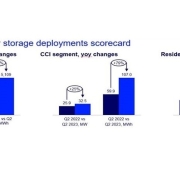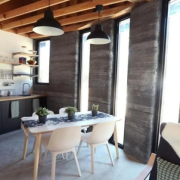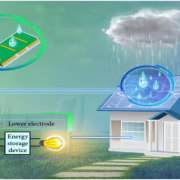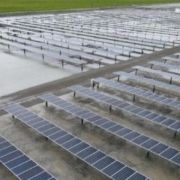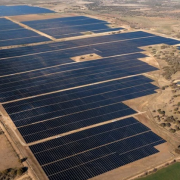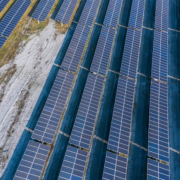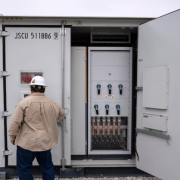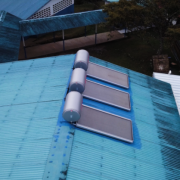The U.S. energy storage market added 5,597 MWh in Q2 2023, a new quarterly record. This is according to the latest “U.S. Energy Storage Monitor” report from Wood Mackenzie and the American Clean Power Association.
The grid-scale segment led the way in Q2 with a record-breaking 5,109 MWh in Q2, beating the previous record in Q4 2021 by 5%. The grid-scale segment also achieved 172% growth quarter-over-quarter. California dominated activity, with 738 MW and a 49% share of installed capacity.
Click here to read the full article
Source: Solar Power World
—
If you have any questions or thoughts about the topic, feel free to contact us here or leave a comment below.

